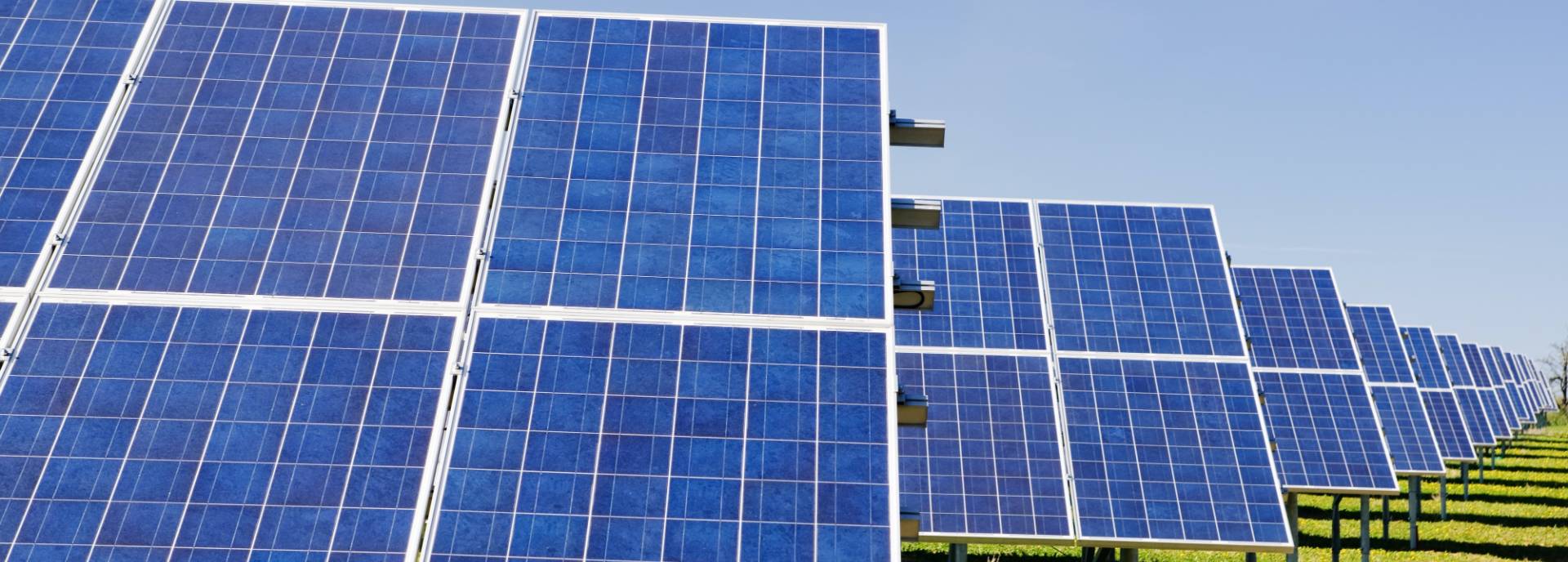Inflation Reduction Act Incentives for Clean Energy Projects
January 05, 2024

By Doug Baldessari, CPA
The Inflation Reduction Act (IRA) was signed into law over a year ago, and it brought sweeping changes to how governments and other non-tax-paying entities evaluate clean energy projects.
The IRA is the largest energy incentive effort in U.S. history and provides almost $500 billion in tax credits and direct funding to encourage the adoption of clean energy options, energy conservation and related energy efficiencies. The goal of the IRA is to incentivize, through tax credits and other opportunities, a transition to cleaner energy production and move away from traditional fossil fuels.
Most of the tax credits are available for qualifying projects until 2032. There are existing tax credits, along with new ones related to specific types of energy sources, construction projects, clean energy programs or electric vehicles. Over $40 billion in competitive loans and grant funding are available in addition to the tax credits for qualifying clean energy and carbon-reducing projects. Many governmental entities are already taking advantage of the IRA tax credit incentives which can reduce local funding requirements of eligible project costs by 30 - 50%.
Historically, non-taxpayers have not had access to clean energy tax credits, which have been around for many years. The IRA changed that, making tax credits available to many tax-exempt organizations and governmental entities through the “direct pay” provision for qualifying clean energy projects that previously were only available to for-profit entities.
The value of the IRA to an entity depends on many factors:
- the type of project or definition of a “qualifying energy project”;
- the multiplier effect of qualifiers like prevailing wage and apprenticeship; use of domestic content;
- the location of a project for energy communities and environmental justice areas;
- and, the timing of when the project starts and when it is placed in service.
The IRA has also made clean energy tax credits transferable, allowing a project sponsor that is unable to use its energy tax credit to transfer and sell the credit to another entity that can effectively monetize the credit. This creates further incentives for clean energy projects to be built.
The rules and calculation of the incentives are complex. Due to the complexities of the IRA, many entities will need to get help with prioritizing energy-related projects and figuring out how much of the incentives they are eligible for, based on the tax credits, grants and loans that are available. This complexity can result in extra costs for consultants, but with the significance of these incentives and resulting reduction in local funded costs, the added costs will likely be worth paying.
There are two main types of IRA tax credits, the investment tax credit (ITC) and the production tax credit (PTC). The ITC is a one-time tax credit following completion of the project, and the PTC is an annual tax credit based on the annual clean energy production. Based on the qualifying energy property type, either one or both can be used.
There are many qualifying clean energy projects being developed and even constructed currently, which are or will be eligible for the IRA tax credits. Certain clean energy projects like building solar arrays are popular right now for public power utilities, municipal buildings and utility treatment plants. Qualified biogas property projects can be very financially beneficial, such as upgrading or adding biogas equipment for wastewater treatment plants that can be used in operations, or that can be cleaned up and sold to the gas provider as renewable natural gas. Other qualifying projects include ground water thermal heating and cooling projects for university, school and municipal buildings, along with electric vehicle purchases and installation of charging stations.

The eligibility framework for the tax credits is a base credit plus bonus criteria. Bonuses can be achieved for prevailing wage and apprenticeship, domestic content, energy community and environmental justice.
Construction must begin by December 31, 2024, for certain qualifying projects and must generally be placed in service by December 31, 2028, but many other qualifying net zero projects will be eligible for the IRA tax credits beginning after December 31, 2024, through 2032. Qualifying projects that don’t start construction before January 1, 2024, will start seeing reductions in the overall tax credit for direct pay recipients if the domestic content requirements are not met.
There are many variables for an organization to consider when determining the optimal tax credit, grant or loan funding mix for a project. With so much funding available right now through the IRA and other programs, it’s important to develop a plan with your financial advisor to make sure you are getting as much funding and incentives as possible for your projects. There has been much guidance provided recently on these tax credits, but we are still waiting for federal agencies to release additional significant guidance.
The first thing to do to determine if you have qualifying projects for the IRA incentives is to evaluate your project landscape for prior, current and future capital projects that involve energy efficiency, renewable energy or other eligible. Community mapping tools from accounting firms and other organizations can help you to locate areas for projects that will qualify for energy community bonus for the tax credits.
Doug Baldessari, CPA, is a partner at Baker Tilly Municipal Advisors, LLC. Baker Tilly offers additional resources on IRA tax credits, which can be viewed at ascpa.com/irabakertilly. Baldessari will be speaking at the ASCPA’s Governmental Accounting Conference in February. Visit ascpa.com/gac to register.
